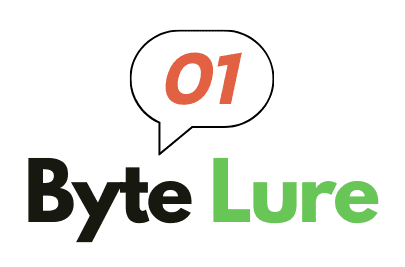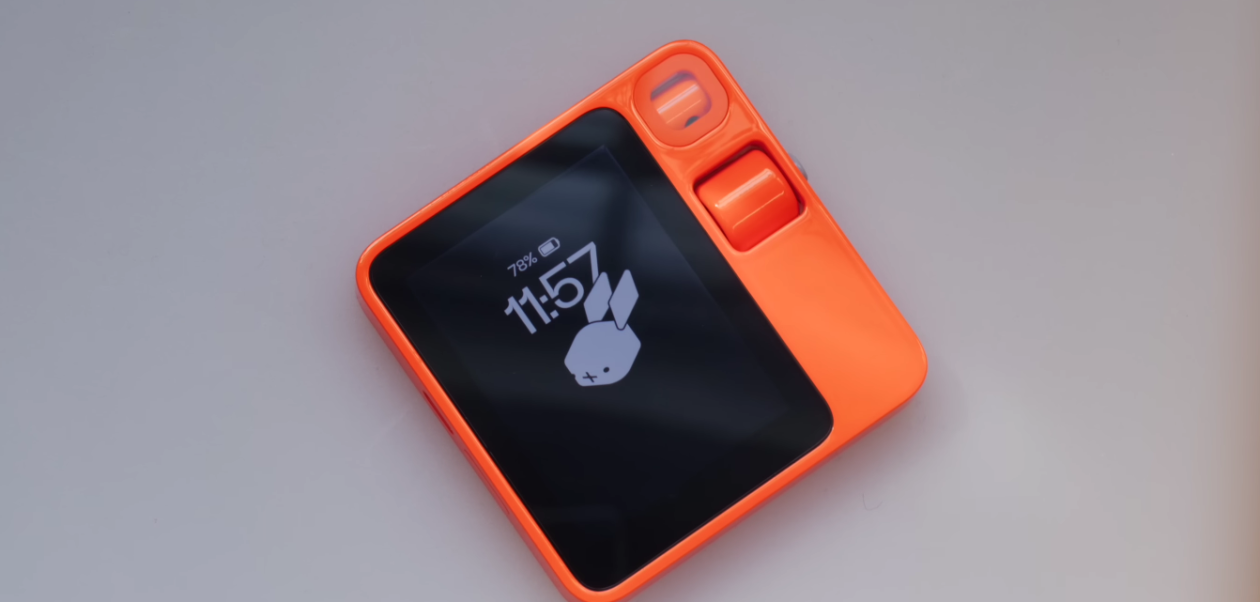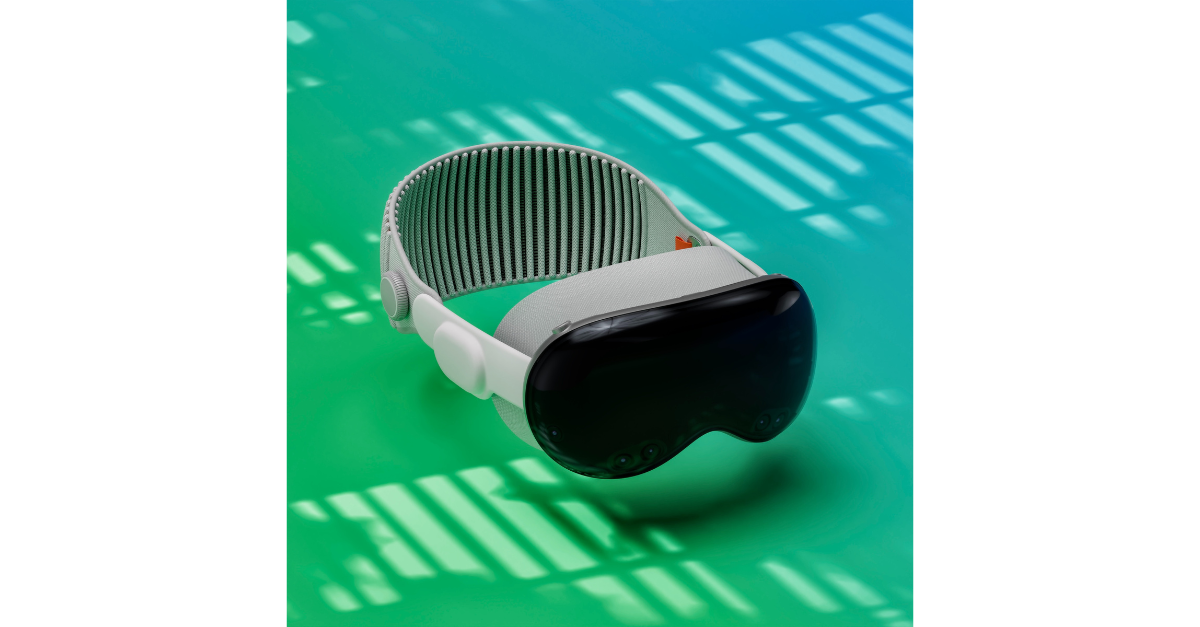In the ever-evolving world of technology, the concept of virtual assistance has taken a giant leap with the introduction of The Rabbit R1. Developed by tech startup Rabbit Inc, and designed by Teenage Engineering, this lightweight, small plastic box is designed to revolutionize the way we interact with AI. Here’s a comprehensive look at this intriguing device.
A Unique Design and User Experience
The Rabbit R1 is not your typical wearable device. It’s portable, like a smartphone, and comes in a lightweight plastic box. The standout feature is its single button on the right side, which you press and hold to ask questions. Instead of a traditional screen, it boasts a projector with a built-in display. The answers to your questions are shown at the bottom of the screen and spoken aloud via an inbuilt speaker.
One of the charming features of the Rabbit R1 is its bouncing rabbit logo, which is constantly displayed along with the battery percentage and time. To put the device to sleep, you can either press the right side button once or let it automatically go to sleep after a few seconds. Accessing the settings is as simple as shaking the device, and navigating through them is done using a scroll wheel.
Multimodal Capabilities and Limitations of The Rabbit R1
The Rabbit R1 isn’t just a question-and-answer machine. It has a camera that activates with a double tap on the button. By focusing on an object and then holding the button, you can ask questions about what the camera sees. It can also summarize emails or paragraphs by pointing it at your computer screen and asking for a summary.
Despite its advanced capabilities, The Rabbit R1 has several limitations. The battery life is quite short, with a 1000mAh battery that requires multiple charges throughout the day. It takes 45 minutes to charge fully. Additionally, it cannot set alarms, record videos or photos, or send emails. Sometimes, it provides incorrect answers to questions about pictures.
Iconic Design with Practical Flaws
The Rabbit R1’s design is both iconic and frustrating. Its signature orange color and protruding scroll wheel give it a unique look, but the wheel’s slow response and lack of a back button can be annoying. Adjusting brightness and volume requires using both hands, and while the screen is touch-sensitive, navigation is limited to the scroll wheel unless in terminal mode. In terminal mode, you can turn the device sideways, use an on-screen keyboard, and type your questions, with answers appearing in text.
Price and Unboxing Experience
The Rabbit R1 is made of plastic, with a basic 360-degree camera, a low-end speaker, 128 GB storage, and a MediaTek chip inside. It lacks fast charging and wireless charging capabilities. The 2.88-inch diagonal TFT touch screen has no auto-brightness feature, making manual adjustments necessary. It comes with a box that can be used as a stand for the device. Take a look what CEO say about the product in launch day –
The Power of a Large Action Model
The Rabbit R1 utilizes a large action model, designed to process natural language and turn it into actions. This is different from an API, as it can use apps just like a human would. Currently, it supports four apps: Spotify, Uber, DoorDash, and Midjourney you can use these by logging to web portal named Rabbit Hole, though performance can be inconsistent. The company claims to have 800 apps trained but not yet available on the Rabbit R1.
An exciting upcoming feature is “Teach Mode,” where the Rabbit R1 learns tasks by watching you perform them. However, this feature, along with many others, is still in development.
Learn more about the Rabbit R1 – https://www.rabbit.tech/
The Future of Personalized AI Assistance
The Rabbit R1 represents a step towards the future of personalized AI assistance, capable of performing tasks just like a human assistant. This long-term vision requires significant time, effort, technical development, and data. As AI technology continues to evolve, the Rabbit R1 could become a more integral part of our daily lives.
In conclusion, The Rabbit R1 is a promising yet unfinished product, embodying both the potential and challenges of advanced AI technology. As it develops, it may well transform how we interact with the digital world.
Read more related posts:- https://bytelure.in/do-bad-reviews-kill-companies/




